Chasing perfect shots of Earth’s most magnificent creatures takes photographers to some of the world’s most extraordinary places. From frozen tundras to steamy rainforests, the quest for captivating wildlife imagery lures adventurous souls to remote corners where wild animals still roam freely.
Ready to pack your gear and capture nature’s most breathtaking moments? Here’s a curated journey through 18 spectacular destinations that promise unforgettable wildlife photography opportunities.
Serengeti National Park
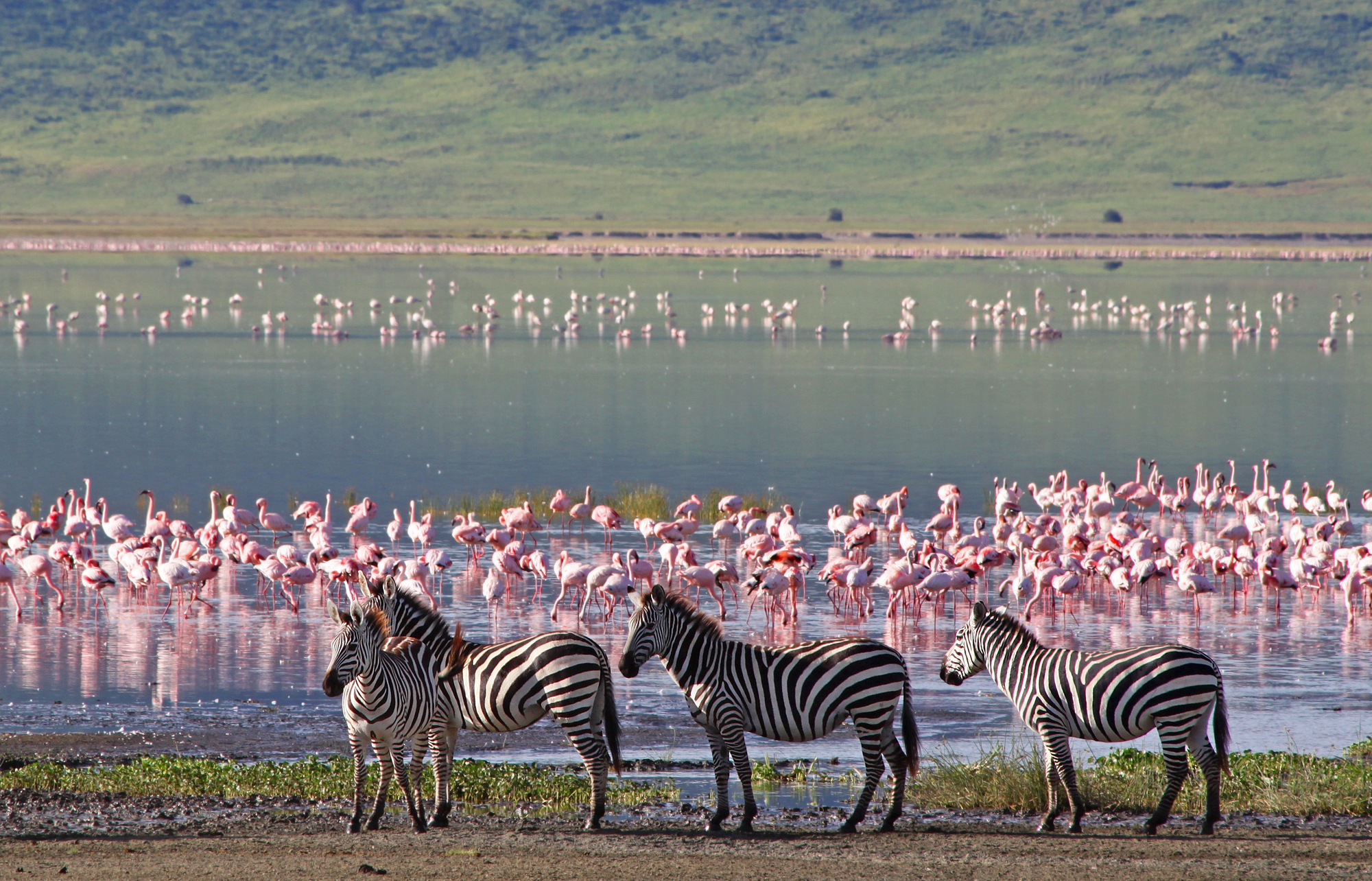
Sprawling across northern Tanzania, the Serengeti delivers perhaps the most iconic African safari experience imaginable. This vast ecosystem stages the legendary Great Migration, where over two million wildebeest, zebras, and gazelles traverse the plains in a continuous cycle following seasonal rains.
The sheer concentration of predators tracking this moving feast creates heart-stopping action sequences that have defined wildlife photography for generations. Dawn drives yield lions lounging on kopjes while afternoon light paints endless golden plains where giraffe silhouettes stretch against fiery skies.
Borneo

The world’s third-largest island harbors extraordinary biodiversity amid rapidly disappearing rainforest—making it a critically important photography destination before these treasures vanish forever. Orangutans swinging effortlessly through emerald canopies provide the bucket-list shots most photographers chase, yet Borneo delivers so much more.
The bizarre proboscis monkey with its comical nose, pygmy elephants splashing through jungle rivers, and flying lemurs gliding between trees all reward patient observers. Early mornings spent photographing from boats along misty waterways offer magical encounters where wildlife appears between parting veils of equatorial fog.
Yellowstone National Park

America’s first national park doubles as one of its most rewarding wildlife photography destinations – where geothermal wonders create surreal backdrops for animal encounters. The Lamar Valley’s reputation as “America’s Serengeti” proves well-earned when photographers capture wolf packs traversing snow-dusted landscapes or grizzlies digging for roots in spring meadows.
Bison herds moving through steam-venting terrains offer compositions that blend primeval creatures with otherworldly environments. Winter brings special magic—when frost-covered bison stand against thermal pools, creating ethereal scenes found nowhere else on Earth.
Like Travel Pug’s content? Follow us on MSN.
Galápagos Islands
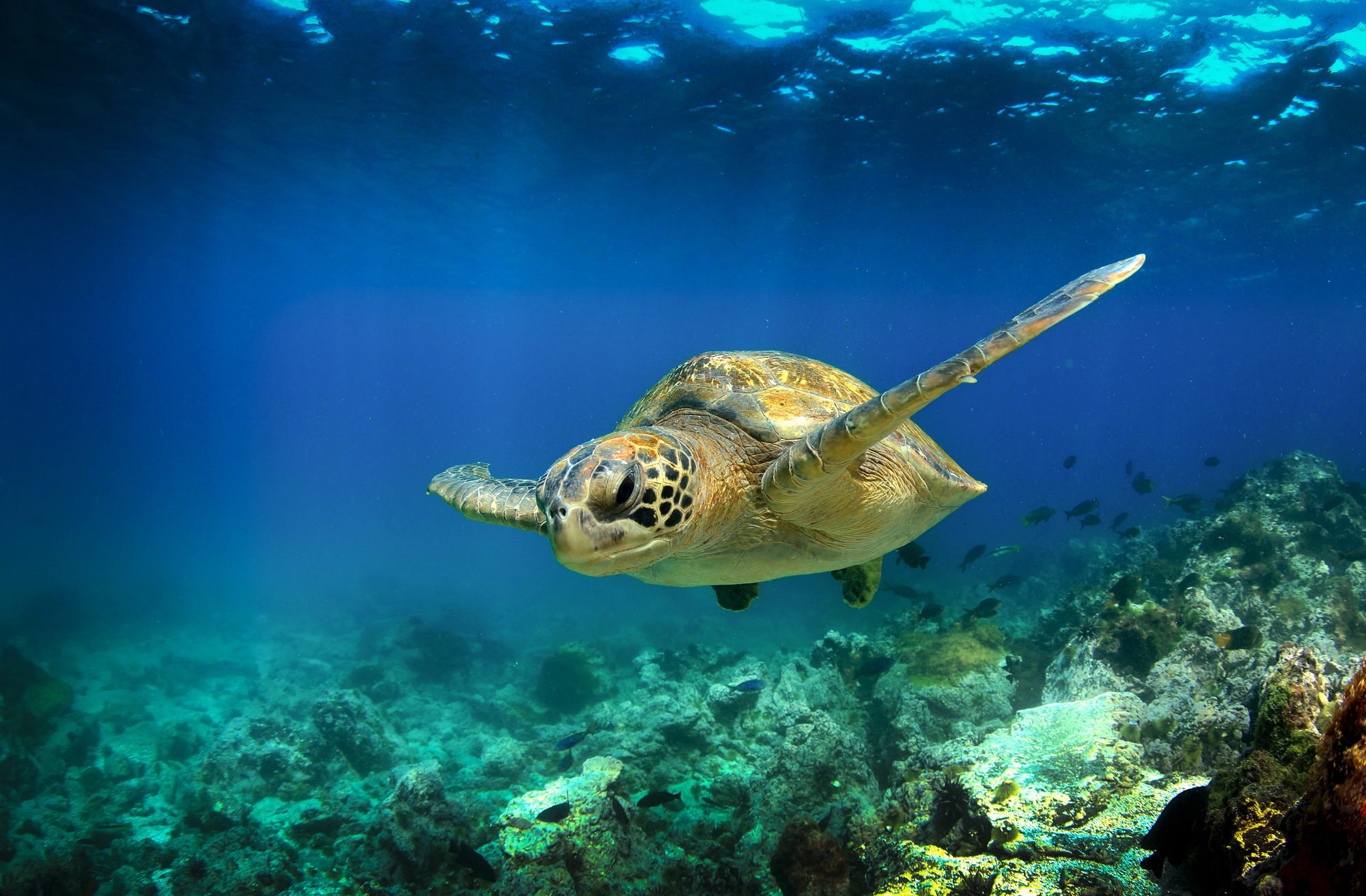
Few destinations match the extraordinary photographic access to wildlife found in this isolated Pacific archipelago, where animals exhibit virtually no fear of humans. This unique evolutionary feature lets photographers capture frame-filling portraits without extreme telephoto lenses or elaborate blinds.
Marine iguanas sneezing salt spray against volcanic rocks, blue-footed boobies performing comical mating dances, and giant tortoises moving ponderously through highland mists offer signature shots. Underwater photographers discover equally rich opportunities with playful sea lions spiraling around snorkelers and marine iguanas grazing on algae beneath crystalline waters.
Svalbard
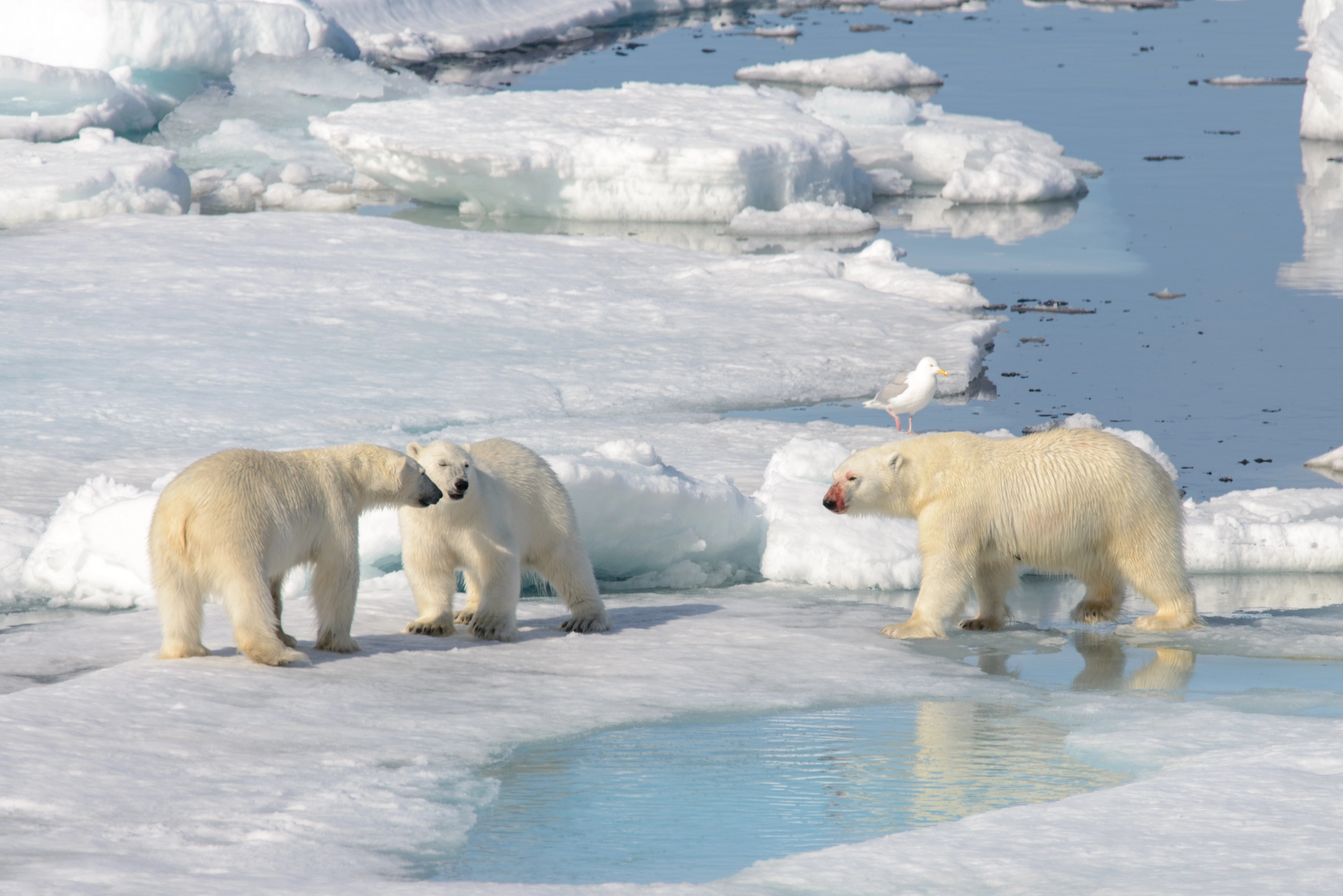
Norway’s remote arctic archipelago provides unparalleled opportunities to photograph polar bears in their natural habitat—against a backdrop of pristine ice landscapes. Specialized expedition vessels navigate through pack ice during the endless summer daylight, allowing for round-the-clock photography as bears hunt seals along floe edges.
Beyond these magnificent predators, photographers capture walruses hauled out on rocky shores, arctic foxes in seasonal coat transitions, and massive seabird colonies nesting on precipitous cliffs. The low-angle arctic light creates dramatic conditions where wildlife appears bathed in golden hues against cobalt sea and sky.
Pantanal
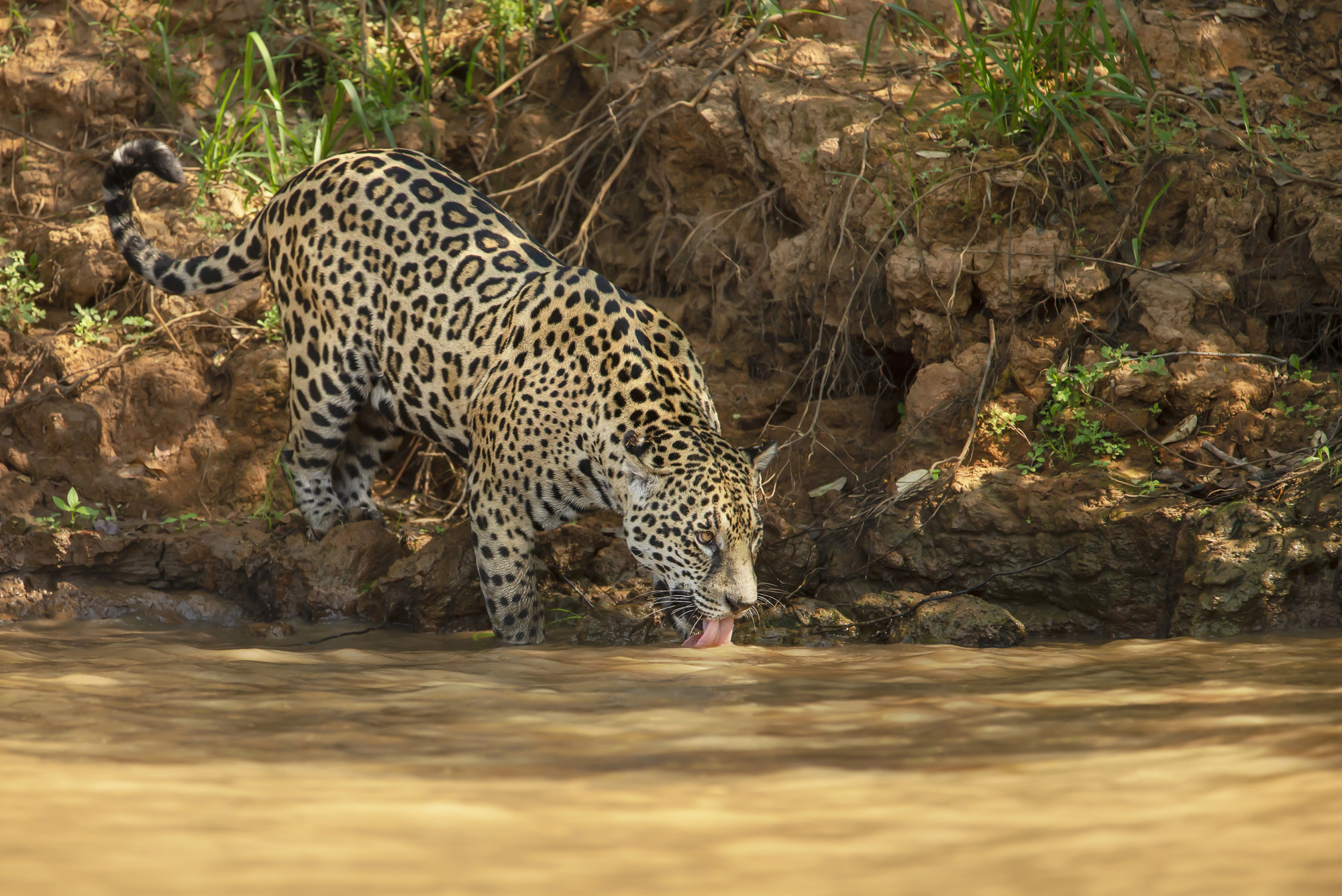
Brazil’s vast wetland ecosystem offers wildlife photographers something increasingly rare—consistent, close encounters with normally elusive species. Unlike dense rainforests where animals hide unseen, the Pantanal’s open marshes and gallery forests make wildlife spotting more predictable.
Jaguars lounging along riverbanks represent the ultimate prize, yet photographer portfolios fill quickly with hyacinth macaws framed against azure skies, giant otters fishing in synchrony, and caiman-covered waterways stretching to the horizon. Specialized photography boats silently approach riverside scenes, creating minimal disturbance while maximizing shooting opportunities.
Like Travel Pug’s content? Follow us on MSN.
Maasai Mara

Kenya’s legendary reserve delivers Africa’s most concentrated big cat viewing—making it a photographer’s paradise for capturing predator action. The open grasslands allow unobstructed shooting across impressive distances, while the park’s popularity ensures guides know precisely where photographic opportunities await.
July through October brings river crossings where photographers capture desperate wildebeest plunging into crocodile-infested waters. Meanwhile, cheetahs atop termite mounds surveying hunting grounds, lion prides beneath acacia trees, and elephants silhouetted against sunset skies create the quintessential African photo album many photographers dream about.
Antarctica

Earth’s last great wilderness offers perhaps the most pristine wildlife photography environment—where animals encounter humans so rarely they show remarkable curiosity rather than fear. Specialized photography expeditions take place during the early breeding season when penguin colonies bustle with courtship rituals and nest-building against dramatic ice formations.
Zodiac cruises bring photographers to eye-level with breaching whales and massive leopard seals patrolling ice floes. The extraordinary light conditions—soft, directional illumination that can last for hours during polar summer—bathes subjects in a photogenic glow while creating ethereal landscapes unlike anywhere else on the planet.
Hokkaido
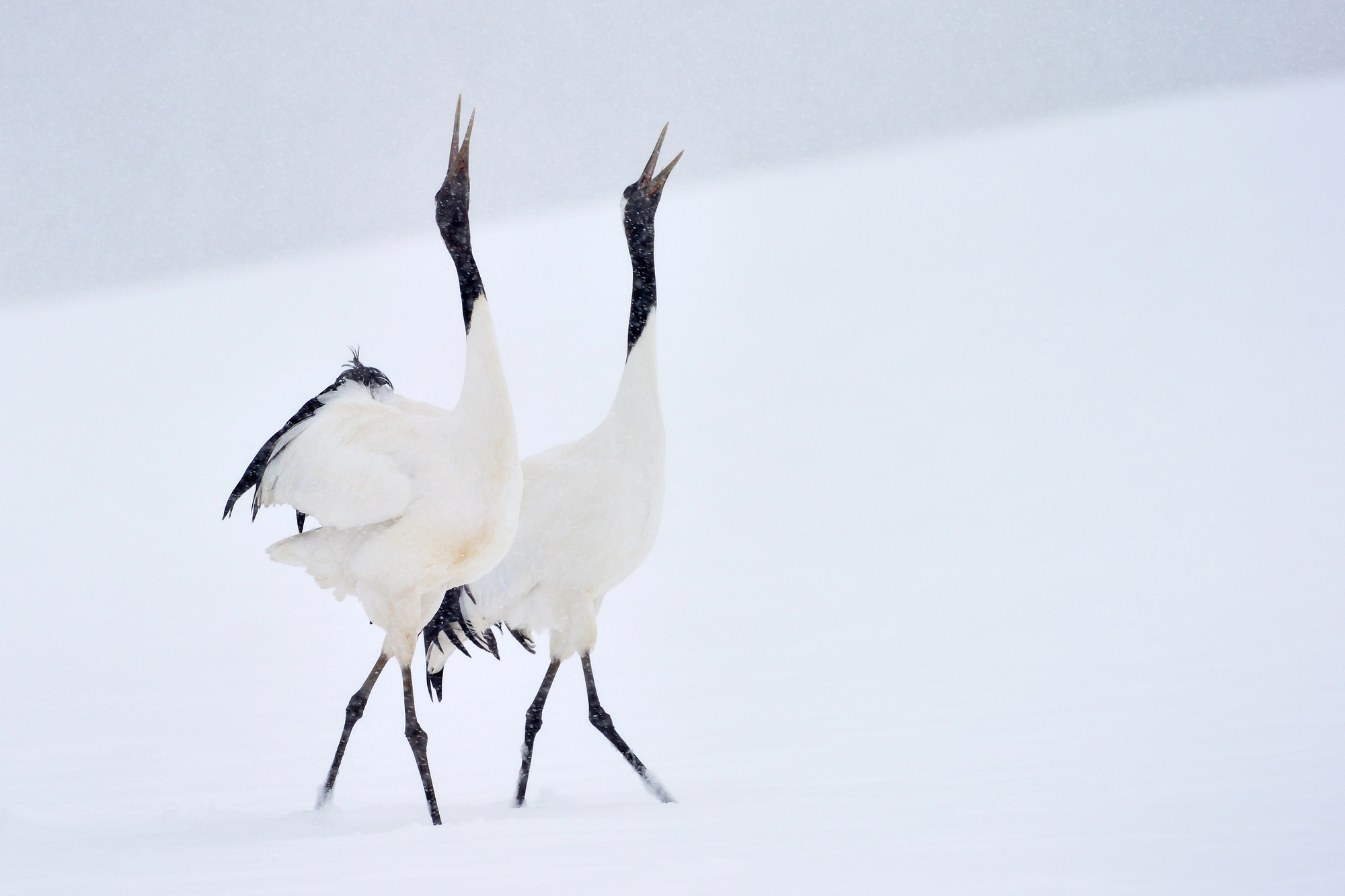
Japan’s northernmost island transforms into a winter wildlife photography wonderland, where red-crowned cranes dance in snowy fields, and Steller’s sea eagles perch on pack ice. The pristine white backdrops create natural studio environments for striking minimalist compositions.
Photographers rise before dawn to capture steam rising from volcanic hot springs where snow monkeys bathe—their expressive faces rimmed with frost against thermal waters. Unlike many wildlife destinations requiring extreme telephoto reach, Hokkaido’s habituated subjects allow for frame-filling images with modest equipment.
The dramatic seasonal conditions create technical challenges balanced by extraordinary visual rewards.
Like Travel Pug’s content? Follow us on MSN.
Ranthambore National Park
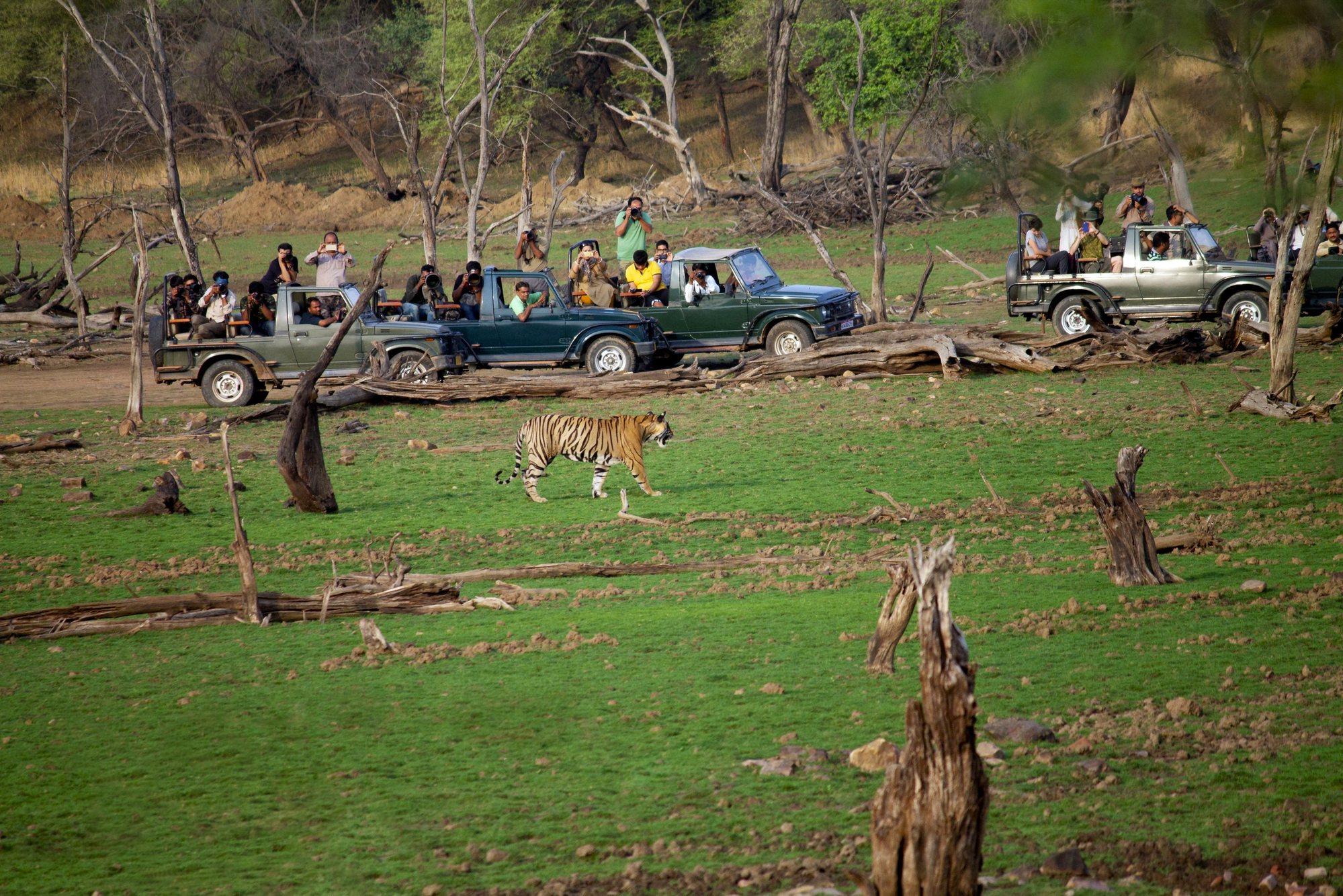
India’s most famed tiger reserve delivers opportunities to photograph these magnificent cats against the dramatic backdrop of ancient ruins—creating images blending natural history with human heritage. Beyond tigers, the park houses leopards, sloth bears, and diverse birdlife moving through atmospheric dry deciduous forest and grassy meadows.
The territorial nature of resident tigers means skilled guides can predict likely sighting locations with surprising accuracy. Early morning fog filtering through steep ravines casts mystical light on hunting cats, while afternoons often find tigers cooling in pools, offering reflection shots prized by serious photographers.
Baja California
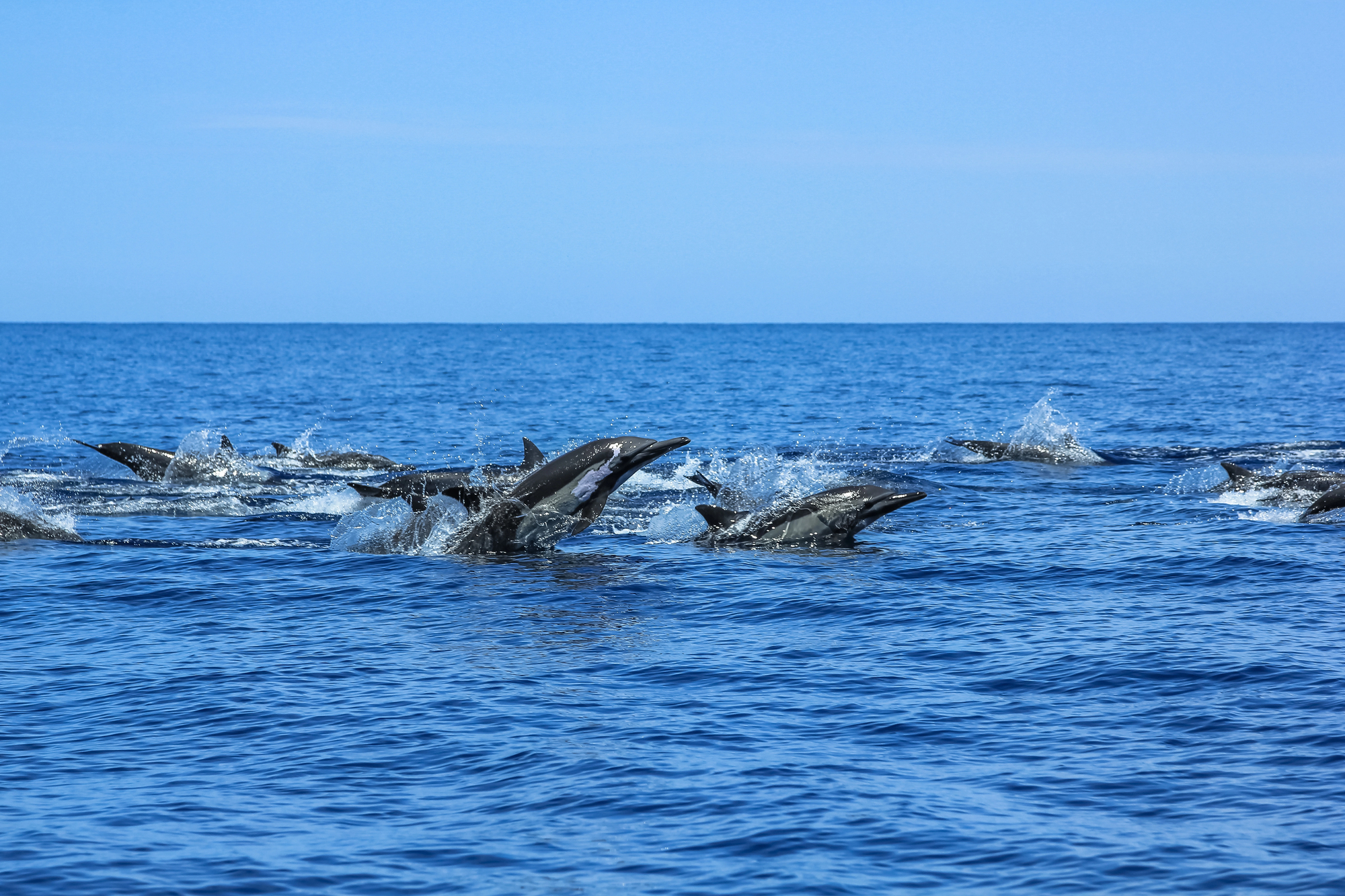
The narrow peninsula extending south from California creates a marine wildlife corridor few photographers can resist—especially during winter when gray whales arrive in sheltered lagoons. These curious cetaceans often approach small boats, creating extraordinary opportunities for close-range shots of these gentle giants.
The Sea of Cortez side delivers different treasures—enormous whale shark aggregations that allow snorkelers to photograph the world’s largest fish, plus sea lions performing underwater acrobatics around divers. Landscape photographers discover bonus opportunities where the desert meets the sea in dramatic fashion, creating environmental portraits showcasing wildlife against this unique ecological transition zone.
Rwanda’s Volcanoes National Park
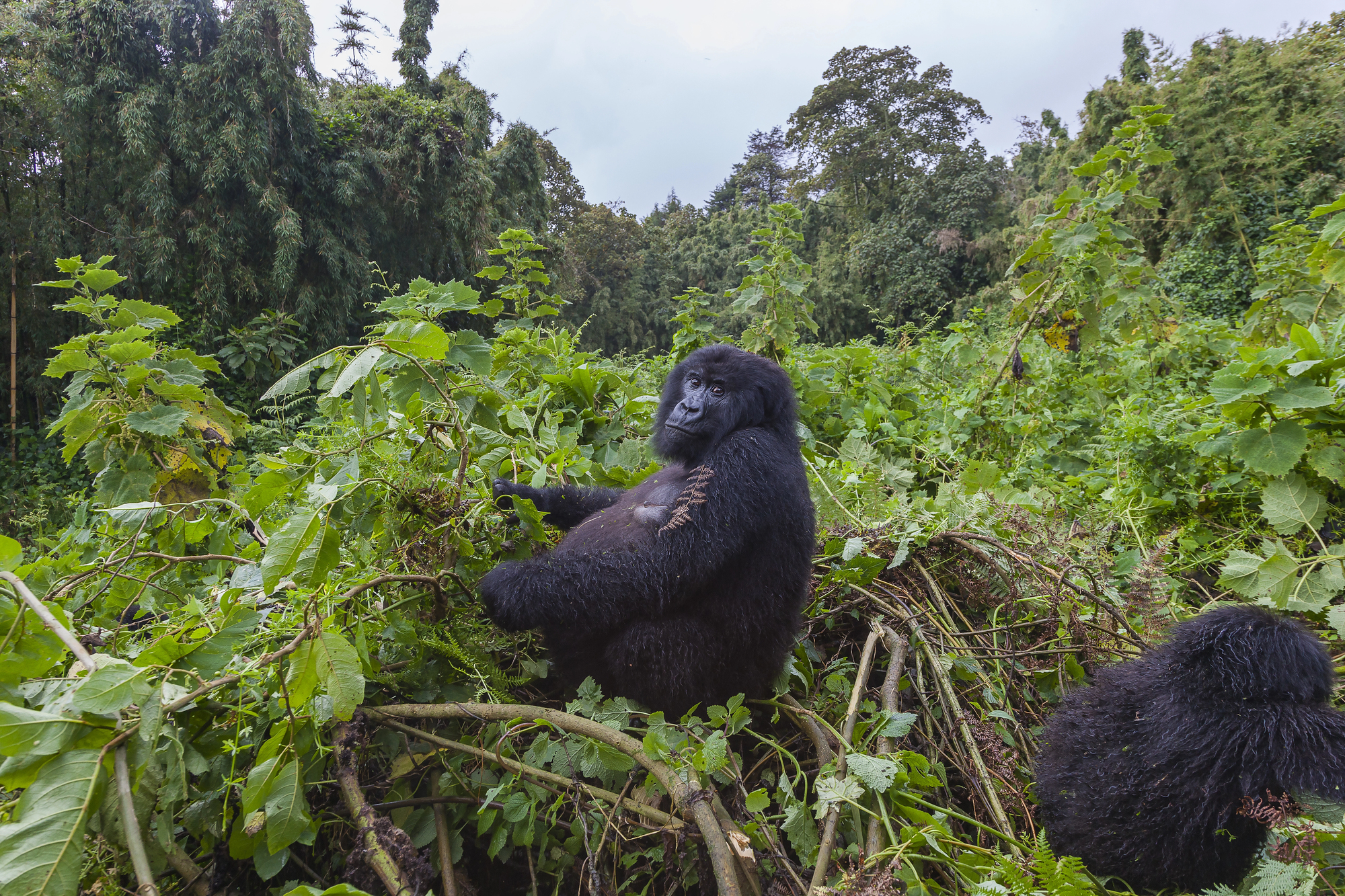
Perhaps no wildlife photography experience matches the emotional impact of encountering mountain gorillas in their misty highland sanctuary, where telephoto lenses often prove unnecessary due to remarkably close proximity. The limited number of permits ensures low-impact tourism while creating intimate settings where photographers capture nuanced expressions across these intelligent primates’ faces.
The challenging light conditions beneath dense forest canopy push technical skills, yet reward perseverance with soul-stirring portraits. Beyond gorillas, the montane environment harbors golden monkeys and unique bird species framed against bamboo forests and volcanic peaks.
Like Travel Pug’s content? Follow us on MSN.
South Georgia Island
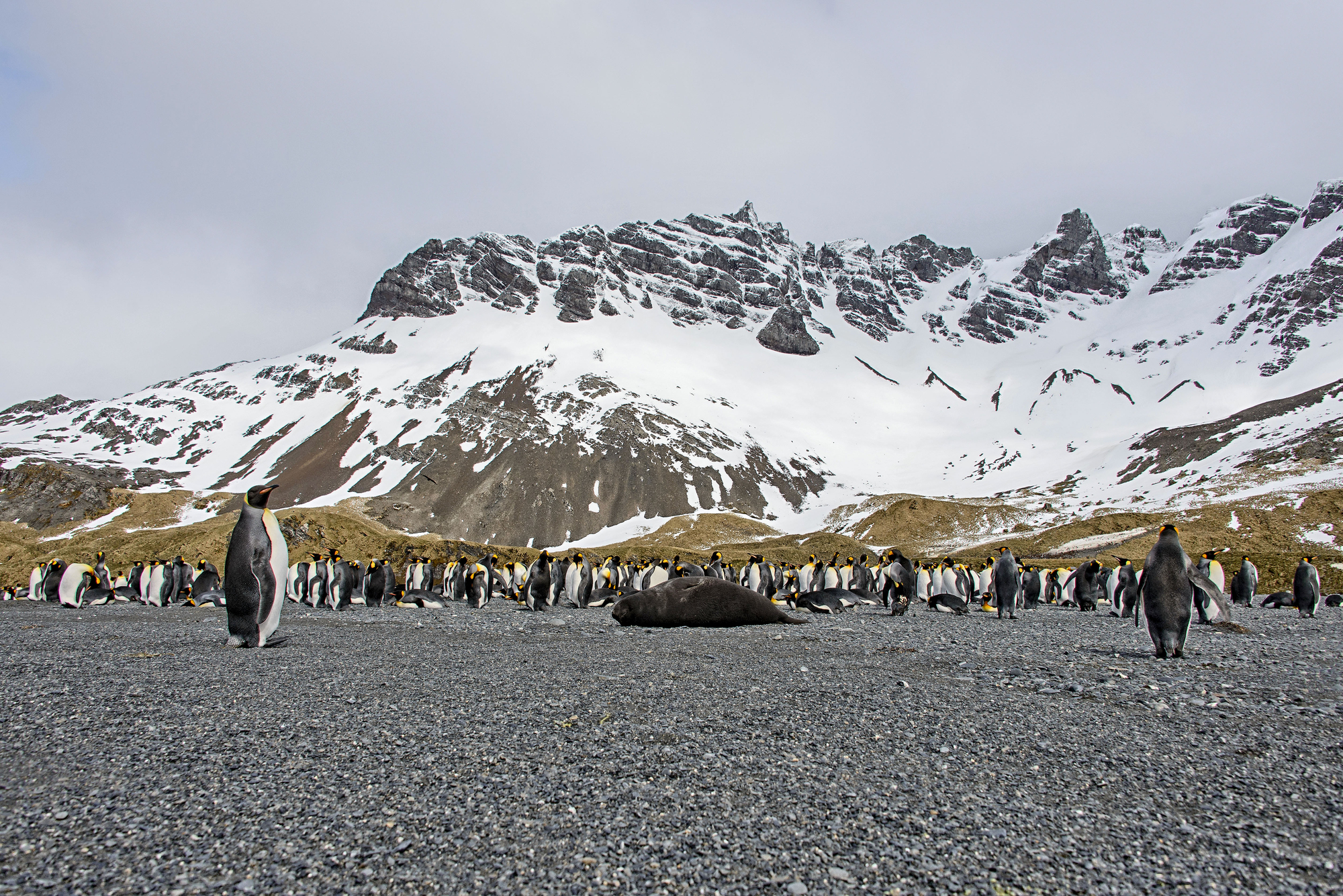
This remote South Atlantic island delivers perhaps the most concentrated wildlife spectacle on Earth, where king penguin colonies numbering hundreds of thousands cover entire valleys between snow-capped mountains. The absence of predators creates remarkably approachable subjects, while the sheer numbers generate abstract compositional opportunities where individual birds blend into living mosaics.
Elephant seals battling for breeding territories, fur seal pups playing among tussock grass, and albatross colonies dotting dramatic cliffs round out portfolios. The island’s seasonal isolation means photographers typically visit aboard expedition vessels during southern spring, when breeding activity peaks amid spectacular scenery.
Corcovado National Park
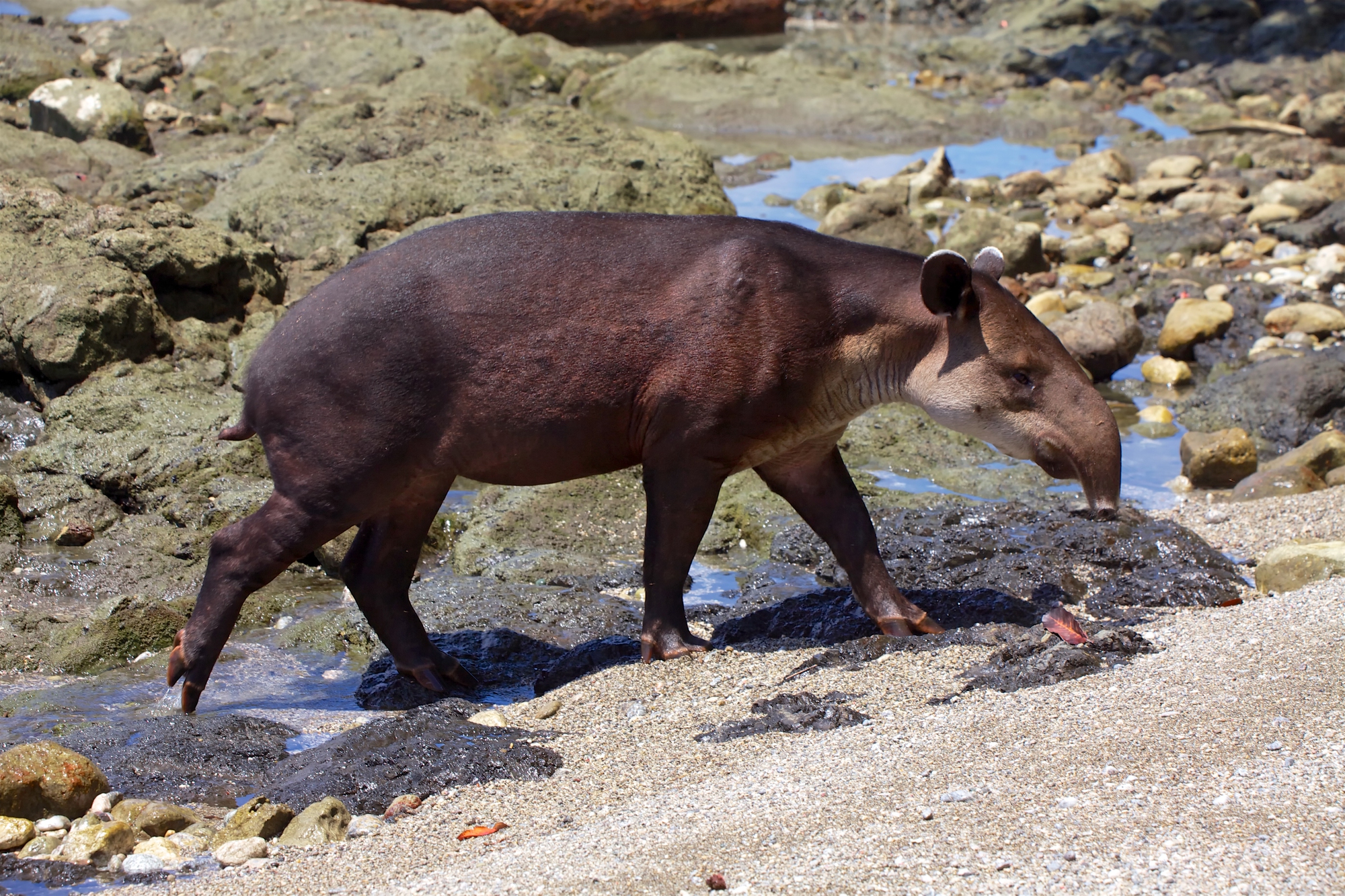
Costa Rica’s remote Pacific coastal wilderness harbors extraordinary biodiversity in surprisingly accessible settings, making it ideal for photographers seeking compact ecosystems with diverse subjects. Four species of monkeys moving through rainforest canopies, scarlet macaws framed against palm trees, and tapirs emerging onto pristine beaches create striking juxtapositions between wildlife and landscape.
The region’s remoteness ensures minimal disturbance yet maintains sustainability through well-managed ecotourism. Early morning hikes yield encounters with troops of white-faced capuchins foraging alongside coatimundis, while nighttime walks reveal tree frogs, insects, and nocturnal mammals rarely seen elsewhere.
Lake Clark National Park

Alaska’s least-visited national park delivers extraordinary brown bear photography without the crowds found at more famous locations. Coastal meadows where bears graze on sedges create safer, more predictable viewing than congregations around salmon streams.
The intimate scale allows photographers to document entire behavior sequences—from mothers nursing cubs to males establishing dominance hierarchies. The backdrop of snow-capped volcanoes reflected in tidal flats adds landscape drama to wildlife portraits.
Specialized photo tours take place when bears emerge from hibernation, creating opportunities to capture playful cubs experiencing their first spring against carpets of wildflowers.
Like Travel Pug’s content? Follow us on MSN.
Etosha National Park
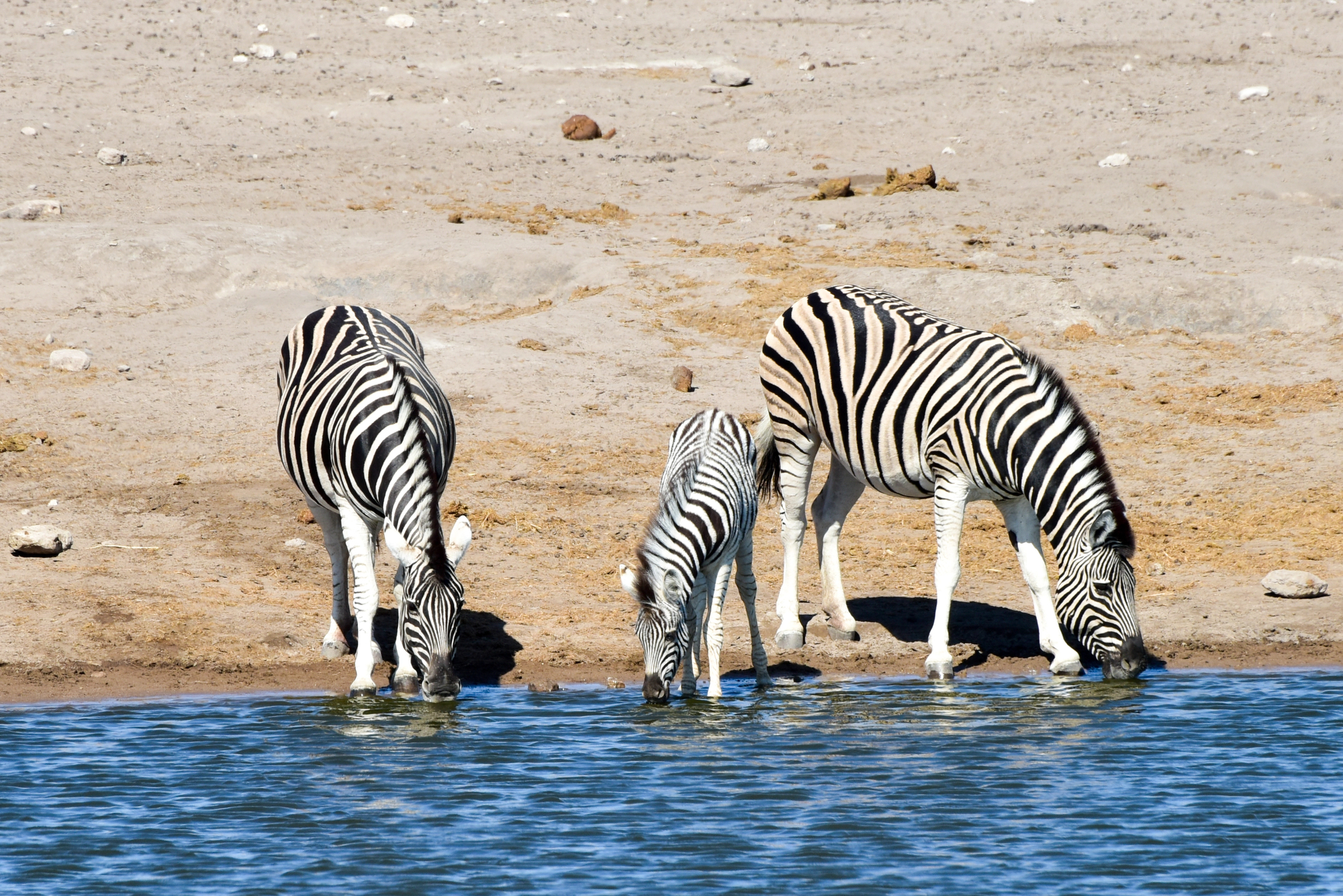
Namibia’s crown jewel centers around a massive salt pan where seasonal pools concentrate astonishing wildlife diversity, creating natural stages for dramatic photography. The stark white mineral deposits provide unique natural backdrops against which elephants, giraffes, and zebras appear in striking contrast.
During the dry season, predator-prey interactions reach peak intensity around remaining water sources, allowing photographers to set up at strategic locations and wait for the action to unfold. The open visibility across vast distances means telephoto lenses capture intimate behavior without disturbing natural patterns.
Night photography at floodlit pools presents special opportunities to document nocturnal species rarely seen elsewhere.
Falkland Islands
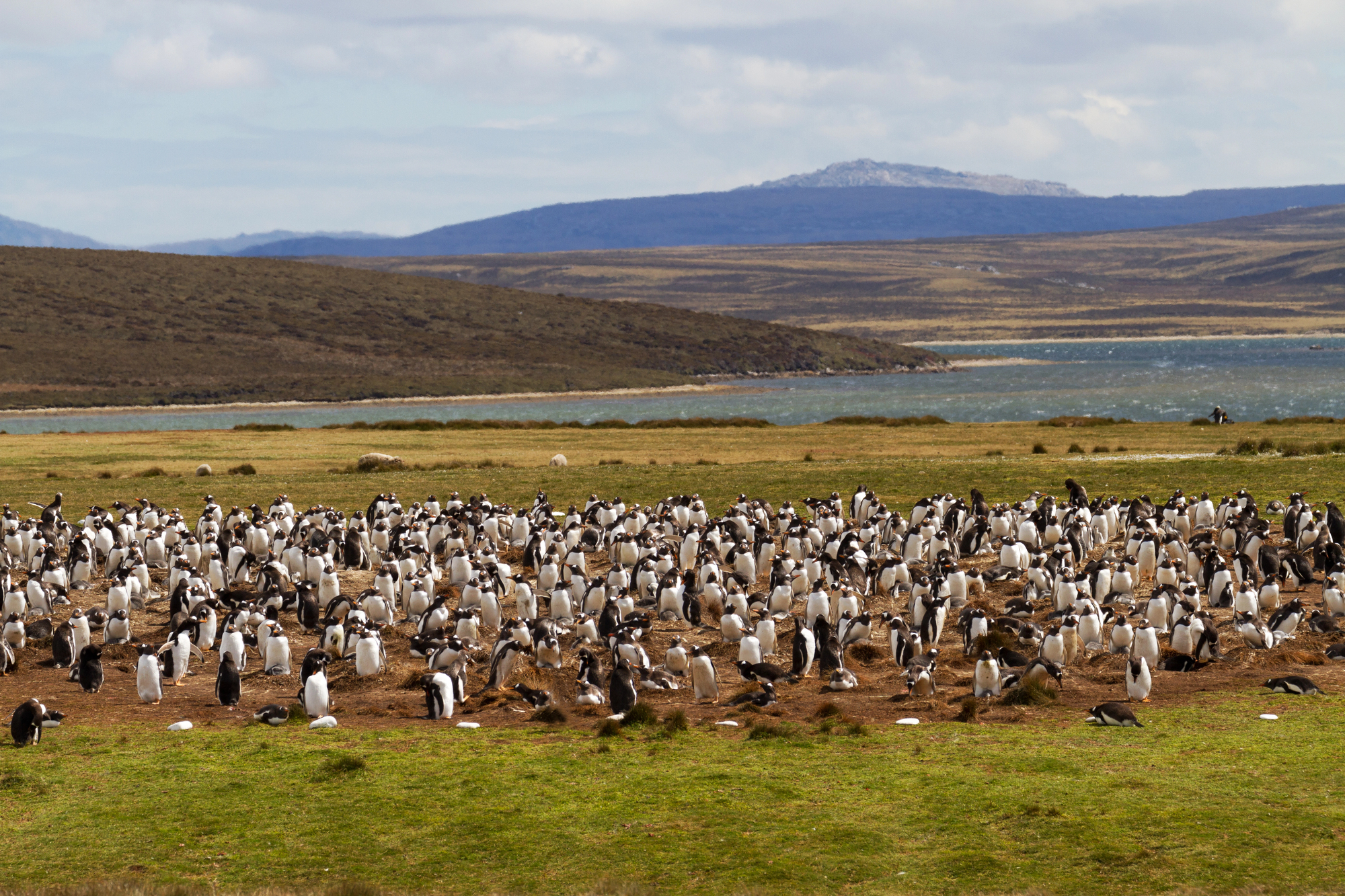
These windswept South Atlantic islands deliver extraordinary access to penguin colonies without the expense and difficulty of reaching Antarctica. Five penguin species, including charismatic rockhopper and king penguins, establish breeding colonies across pristine landscapes largely unchanged for centuries.
The absence of natural predators makes birds remarkably approachable, perfect for wide-angle environmental portraits showing penguins against dramatic coastal scenery. Beyond penguins, photographers discover elephant seals molting on sandy beaches, black-browed albatross colonies nesting on cliff edges, and endemic birds found nowhere else.
The challenging weather creates both obstacles and opportunities, as dramatic skies add mood to wildlife compositions.
Madagascar
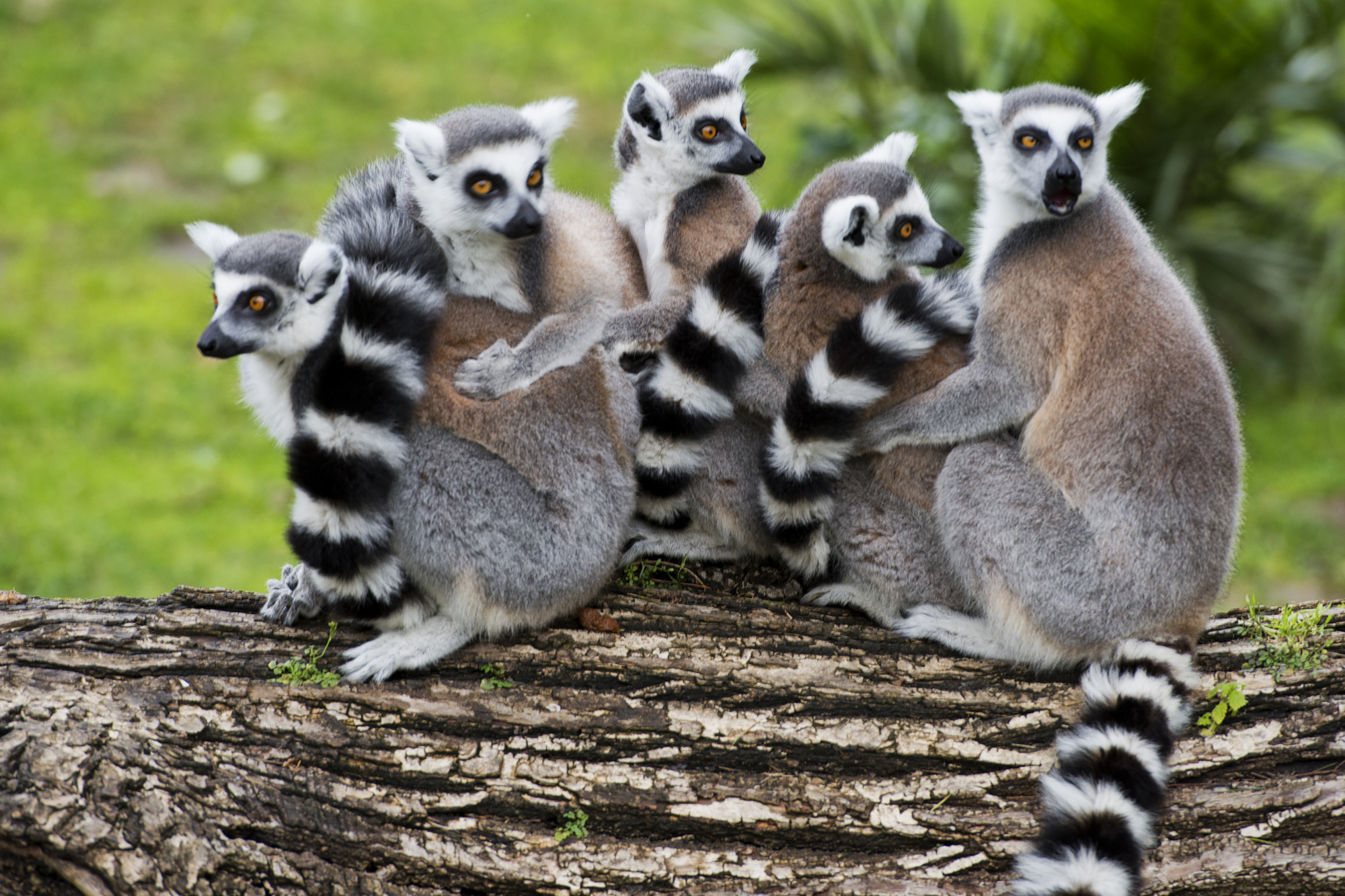
Earth’s most distinctive island evolution laboratory offers photographers subjects found absolutely nowhere else, including dozens of lemur species that evolved in isolation for millions of years. These charismatic primates leaping through spiny forests or hanging in twisted baobab trees create signature shots symbolizing this unique biological realm.
Beyond lemurs, photographers discover chameleons changing colors against emerald rainforest, bizarre giraffe-necked weevils, and ground-dwelling birds that abandoned flight millions of years ago. The island’s environmental fragility adds urgency to photography here, capturing images of species whose future remains uncertain amid rapid habitat transformation and climate change.
Like Travel Pug’s content? Follow us on MSN.
Through the Lens

The world’s premier wildlife photography destinations share crucial qualities – healthy ecosystems where animals behave naturally without human interference, responsible management systems balancing access with protection, and distinctive environments creating visual contexts impossible to replicate elsewhere. Yet photographs from these extraordinary places serve purposes beyond aesthetic appreciation.
Each frame documents moments from ecosystems increasingly under threat, creating visual records that inspire conservation efforts worldwide through their undeniable emotional impact. Perhaps this represents wildlife photography’s greatest value—just capturing beauty but preserving evidence of wild places worth fighting to save.
More from Travel Pug

- Cities Growing so Fast You Won’t Recognize Them in 10 Years
- 13 Destinations Where Tourists Regularly Regret Their Trip
- 16 U.S. Cities That Are Quietly Becoming Travel Hotspots
- Where to Travel If You Love Long Bus Rides and Daydreams
- 20 Cities Perfect for Solo Travelers Who Crave Adventure & Culture
Like Travel Pug’s content? Follow us on MSN.
